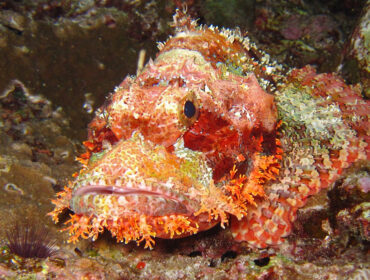Marine ecosystems face mounting pressure from overfishing, habitat loss, and climate change. In response, Marine Protected Areas (MPAs) have been established worldwide to conserve biodiversity, support the recovery of species, and protect critical habitats. These designated zones limit certain human activities to promote long-term ecological resilience.
For scuba divers, MPAs offer access to some of the richest marine life. But with that comes responsibility. This article explores what MPAs are, why they matter, and how divers can support their success through informed, low-impact practices.
What Is a Marine Protected Area (MPA)?
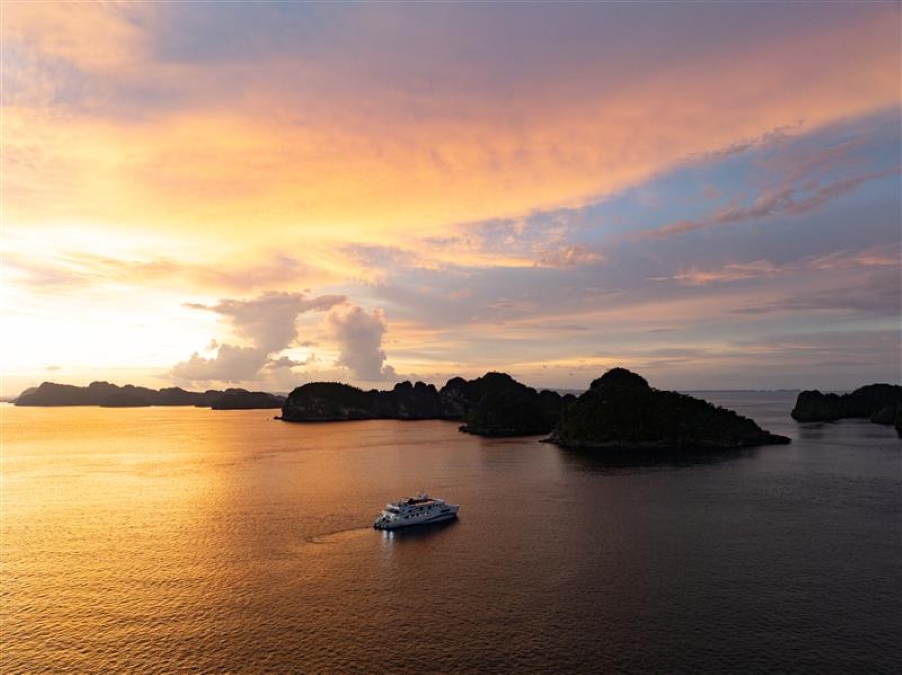
A Marine Protected Area is a clearly defined geographic space in the ocean where human activities are regulated to achieve long-term conservation of nature. Established by local, national, or international authorities, MPAs are designed to protect specific habitats, species, or ecological processes that are vulnerable to disturbance or degradation.
MPAs vary significantly in size, objectives, and levels of restriction. Some are strictly no-take zones, where all extractive activities, such as fishing, mining, and collecting, are prohibited. Others permit certain sustainable uses under carefully monitored conditions. The International Union for Conservation of Nature (IUCN) categorizes MPAs into six levels of protection, ranging from strict nature reserves to multiple-use areas.
Regardless of their designation, all MPAs aim to support ecosystem recovery, enhance biodiversity, and build resilience against external stressors such as climate change. When effectively managed, they can serve as refuges for marine life and as benchmarks for assessing human impact in adjacent areas.
Why MPAs Matter
Marine Protected Areas are essential infrastructure for ocean recovery, food security, and climate resilience. While their specific goals vary by region, the core function of MPAs is to safeguard critical habitats and the species that rely on them, ensuring that marine ecosystems can continue to function and adapt in a rapidly changing world.
Ecological Recovery and Biodiversity Gains
When marine habitats are protected from extractive and destructive activities, they often show remarkable signs of recovery, and quite quickly. According to a study published in Nature in 2014, fully protected MPAs have been shown to increase fish biomass by over 600% compared to unprotected sites. Species richness, average organism size, and overall ecosystem complexity also tend to improve.
Key habitats such as coral reefs, seagrass meadows, and mangrove forests benefit significantly from protection. These ecosystems not only support high levels of biodiversity but also deliver ecosystem services such as shoreline protection, nutrient cycling, and carbon sequestration.
Fisheries Benefits and the Spillover Effect
Contrary to the perception that MPAs restrict fishing opportunities, evidence shows that they can enhance them, particularly over the long term. As marine populations within MPAs recover and grow, adults often move beyond the boundaries of the protected area, leading to increased catch rates in adjacent fisheries. This “spillover effect” has been documented to improve fish populations in surrounding areas by 12%–35%, depending on species and local conditions.
MPAs also serve as insurance against fishery collapse by maintaining reproductive hotspots and genetic diversity that can replenish broader stocks in the face of overfishing or environmental stress.
A Global Conservation Imperative
Despite their proven benefits, MPAs currently cover only 8% of the world’s ocean, and just 3% are classified as fully or highly protected. This falls short of international targets, including the 30% by 2030 goal outlined in the Kunming-Montreal Global Biodiversity Framework.
To meet these targets and ensure MPAs deliver their intended outcomes, expansion alone isn’t enough. They must be strategically located, equitably managed, and effectively enforced. For divers, supporting this effort means understanding how MPAs function and advocating for stronger protections within the global dive community.
Marine Protected Areas and Scuba Diving
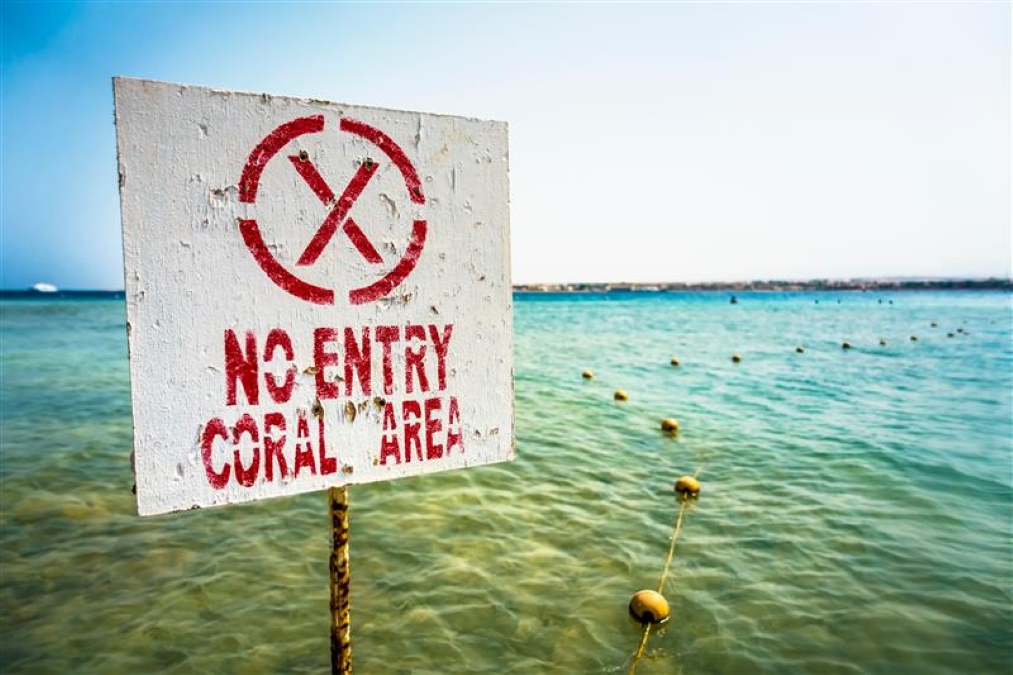
Scuba divers experience the benefits of MPAs firsthand because they can explore clearer water, encounter more biodiversity, and enjoy healthier reefs — hallmarks of well-managed protected areas. However, diving in an MPA also comes with added responsibility. Because these sites often protect sensitive habitats and species, divers follow stricter guidelines than at other dive locations.
Diving in MPAs: A Privilege and a Responsibility
MPAs are often hotspots for marine biodiversity precisely because they are shielded from damaging activities. Divers entering these areas are stepping into living laboratories of conservation success. However, even low-impact activities like diving can cause harm if not carefully managed. Accidental fin kicks, poor buoyancy, and touching marine life can undermine years of ecological recovery.
Understanding and respecting local regulations is essential. Some MPAs prohibit anchoring, restrict access to certain zones, or require certified guides. In some high-sensitivity areas, diver numbers are limited to reduce the cumulative impact. These rules aren’t arbitrary. They’re based on ecological data and management objectives designed to protect vulnerable species and habitats.
What to Expect When Diving in an MPA
The experience of diving in an MPA can differ significantly from unprotected areas. Expect to see larger fish, more diverse marine life, and often, more natural behaviour from species accustomed to low human pressure. In no-take zones, predatory fish such as groupers and sharks tend to be more abundant, and reef structure is often more intact.
On the other hand, some MPAs may have visible enforcement measures such as ranger patrols or mooring-only policies and higher entrance fees, which contribute to conservation funding. Being informed ahead of time helps divers plan responsibly and ensures that the conservation value of the site is maintained.
Responsible Diving in MPAs
While Marine Protected Areas offer divers an opportunity to witness thriving ecosystems, they also require a higher standard of environmental awareness. Small actions underwater can have significant consequences, especially in sites recovering from past impacts. Responsible diving isn’t just good practice, within MPAs, it’s essential for maintaining the very protections that make these sites special.
Key Practices for Diving Responsibly in MPAs
To minimize your impact and contribute to long-term conservation, consider the following:
- Perfect your buoyancy control
Maintaining neutral buoyancy prevents accidental contact with fragile corals, sponges, and benthic habitats. Refresher courses or practice dives before entering MPAs are a smart investment. - Avoid touching or collecting anything
Even a gentle touch can damage living coral or disturb cryptic species. Removing shells, coral, or marine life is prohibited in most MPAs and disrupts ecological processes. - Use reef-safe sunscreen (or none at all)
Many sunscreens contain oxybenzone and other chemicals that harm corals and marine larvae. Opt for reef-safe formulations or wear UV-protective clothing, such as rash vests. - Secure your equipment
Dangling gauges, cameras, or hoses can drag across the reef, potentially damaging it. Use clips or retractors to streamline your profile and avoid unintended contact. - Follow local rules and briefings
Regulations can vary widely between MPAs. Pay attention to pre-dive briefings and signage, and never assume rules are the same as other dive sites. - Support eco-certified dive operators
Choose businesses that are committed to sustainability, local conservation efforts, and adherence to MPA regulations. Look for certifications such as Green Fins or PADI Eco Center status. - Avoid feeding or chasing marine life
Altering animal behavior can have long-term ecological consequences. Let wildlife behave naturally and keep a respectful distance.
How Divers Can Support Conservation Efforts
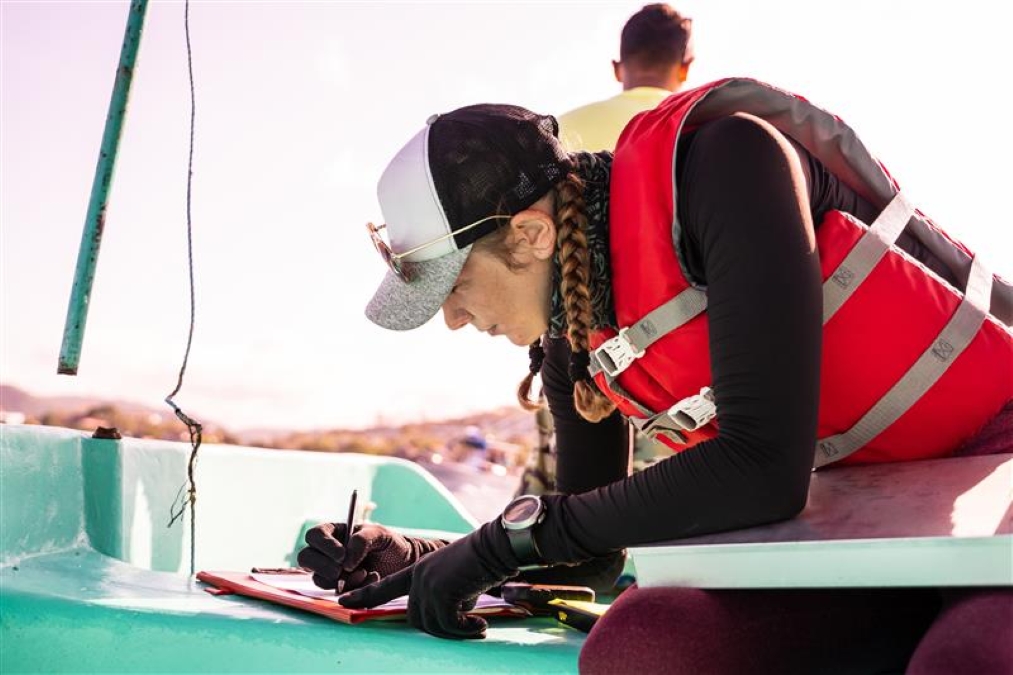
As scuba divers, we can be powerful advocates for the ocean’s protection. Beyond following responsible diving practices, there are meaningful ways divers can engage in marine conservation, amplify the impact of MPAs, and contribute to science and policy efforts that shape the future of our oceans.
Get Involved in Citizen Science
Many MPAs rely on monitoring data to assess ecological health and inform adaptive management. Divers can contribute by:
- Recording species sightings through platforms like iNaturalist, REEF, or eOceans
- Participating in organized surveys such as Reef Check or Project AWARE’s Dive Against Debris
- Submitting photographic records of key indicator species or habitat conditions
This kind of data, when aggregated over time and space, becomes a valuable resource for MPA managers and researchers.
Advocate for Protection and Enforcement
Divers are often among the first to notice illegal fishing, habitat damage, or weakened enforcement. Reporting violations, supporting local ranger programs, and sharing evidence-based information about the benefits of MPAs helps build a culture of accountability.
You can also:
- Support campaigns calling for the expansion of MPAs
- Encourage local authorities to implement stronger protections
- Join or donate to organisations that lobby for marine conservation policy
Educate and Inspire Others
Divers are ambassadors for the ocean. Sharing your experiences, photos, and knowledge of MPAs with other divers and the broader public helps raise awareness of why these areas are important. Whether you’re leading dive trips, giving talks, or posting online, your voice can influence how others engage with marine spaces.
Small-scale actions, when multiplied across the global dive community, have the potential to shift norms and generate broader support for conservation. MPAs don’t succeed in isolation, rather they rely on an informed and invested public to thrive.
Notable MPAs Around the World
While MPAs exist in nearly every marine region, a few stand out for their size, biodiversity, or success in conservation outcomes. These sites not only protect extraordinary ecosystems but also serve as models for how effective management and community involvement can work together to preserve marine heritage.
Galápagos Marine Reserve (Ecuador)
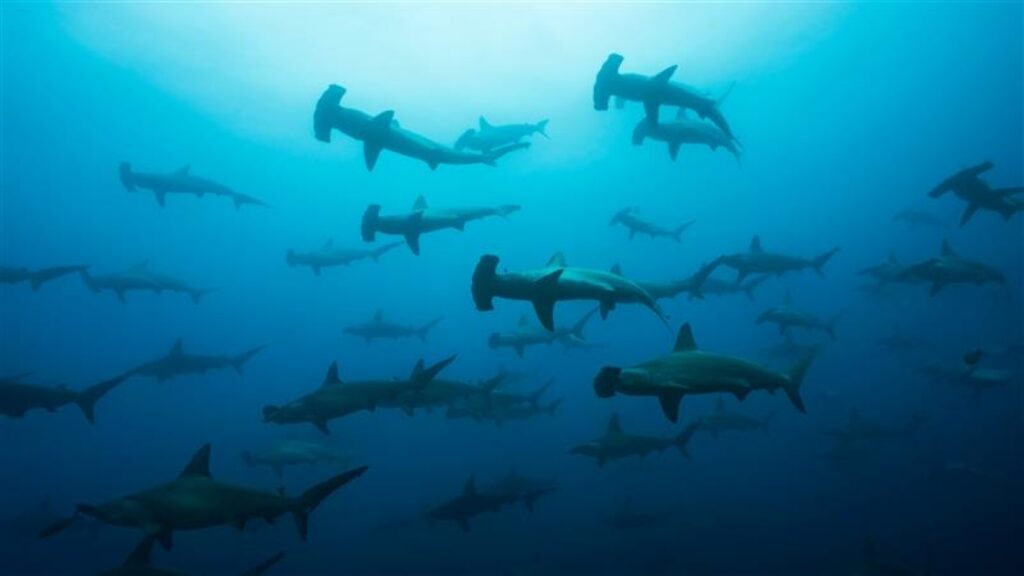
One of the world’s most iconic MPAs, the Galápagos Marine Reserve spans over 133,000 square kilometers and protects a unique convergence of ocean currents and species found nowhere else on Earth. Strict no-take zones combined with research-driven management make it a globally important site for conservation and scientific study. Divers here may encounter hammerhead sharks, marine iguanas, and massive schools of pelagic fish, all within a single dive.
Bonaire National Marine Park (Caribbean Netherlands)
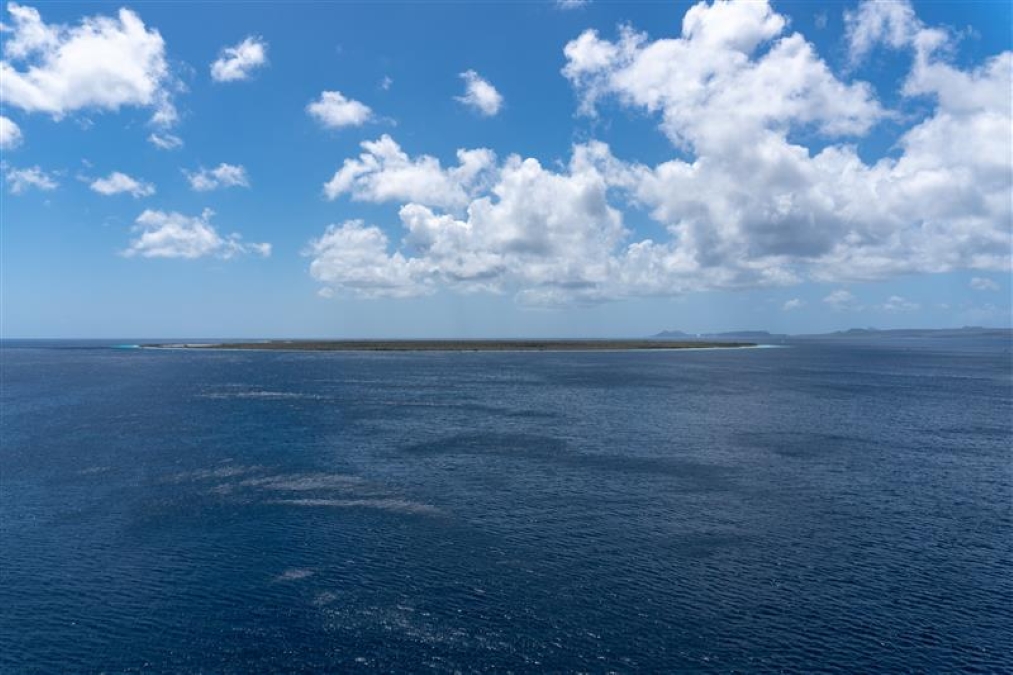
This park surrounds the entire island of Bonaire and is often cited as a gold standard for community-led conservation. Established in 1979, it protects coral reefs, seagrass beds, and mangroves through strict anchoring bans and educational programs for divers. Bonaire’s reef health has remained relatively stable compared to regional declines, thanks in part to long-term monitoring and diver engagement.
Tubbataha Reefs Natural Park (Philippines)
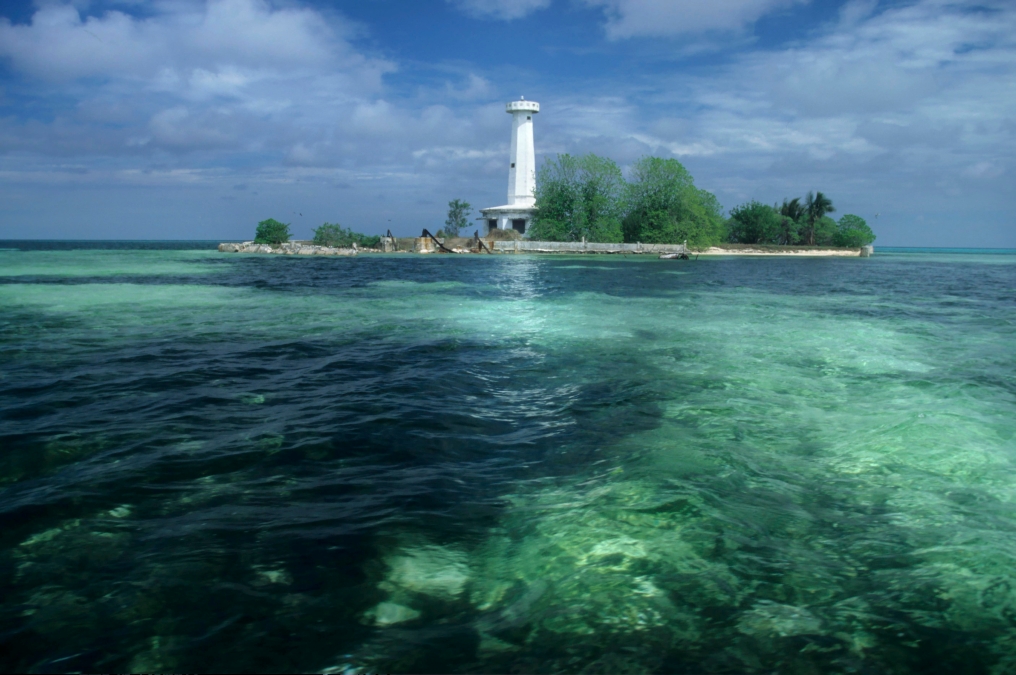
A UNESCO World Heritage Site, Tubbataha is only accessible by liveaboard and is closed to visitors outside a short diving season. Located in the Sulu Sea, this 97,000-hectare MPA contains pristine reefs with over 600 fish species and 360 coral species, including top predators like reef sharks. Enforcement is strong, and access is tightly regulated to minimize impact.
Ras Mohammed National Park (Egypt)

Located at the tip of the Sinai Peninsula, this MPA protects a dramatic underwater landscape shaped by the convergence of the Red Sea and Gulf of Aqaba. Coral walls, large pelagics, and wrecks attract divers from around the world. While tourism is heavy, the park is an example of how zoning and management can maintain biodiversity in high-use areas.
Final Thoughts
These examples show the diversity of MPA design and success. Each demonstrates how marine protection, when backed by science, enforcement, and stakeholder involvement, can lead to tangible ecological gains.
For scuba divers, they offer the rare privilege of experiencing thriving underwater environments, often revealing what healthy ocean ecosystems can and should look like. But with that privilege comes a responsibility to dive consciously, advocate for protection, and support the long-term sustainability of these critical areas.
As MPAs continue to expand globally to meet biodiversity targets, divers have an extremely unique role to play as active participants in their success. Whether through citizen science, responsible dive practices, or sharing knowledge with others, every action taken beneath the surface contributes to the bigger picture.





